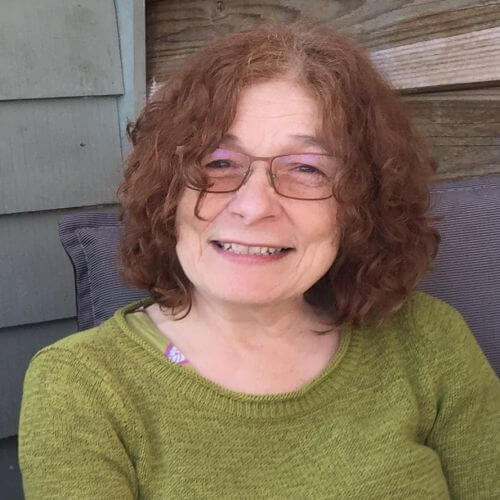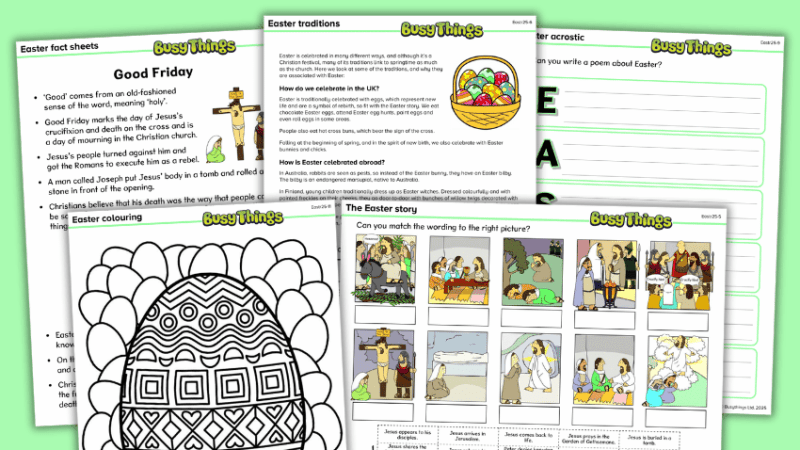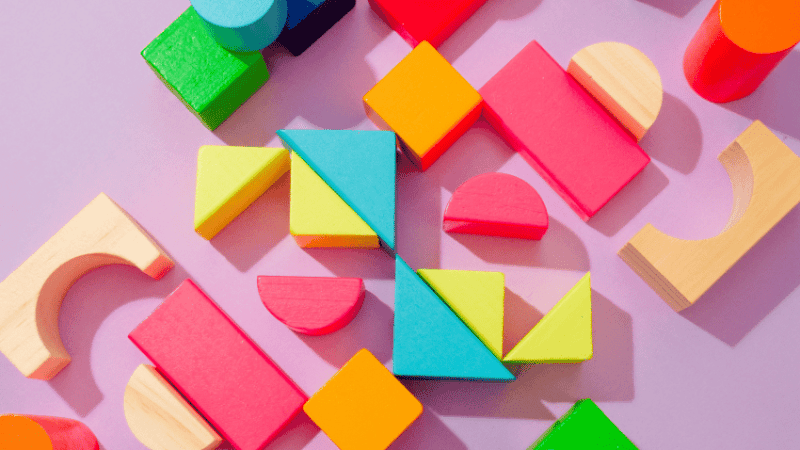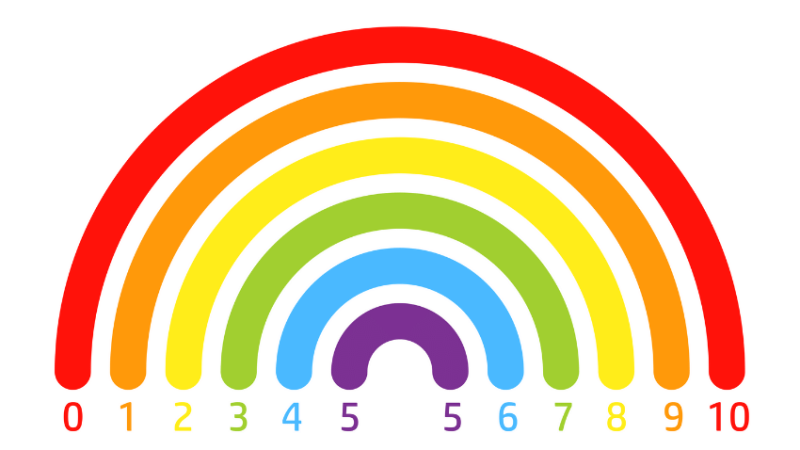EYFS maths activities – Early years and Y1 ideas
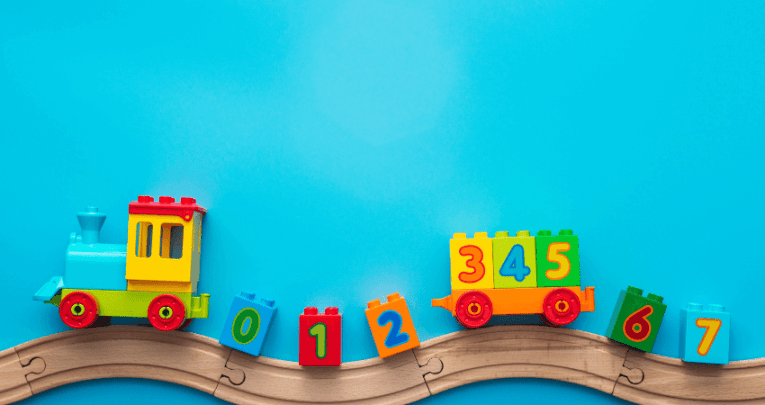
Play your way to a stronger number sense and get pupils off on the right foot with maths…
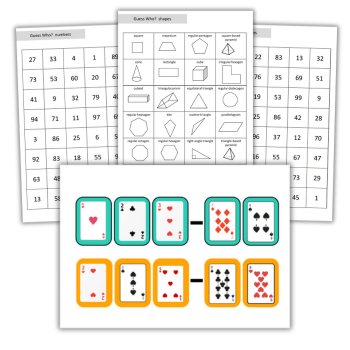
EYFS and Y1 are a time for building a love of numbers and strong number sense through counting, number rhymes and playing with the sound of number names. EYFS maths activities are therefore essential.
It’s where the foundations for maths are laid, and a great opportunity to show pupils just how enjoyable the subject can be!
There are various ways to make sure that pupils meet the expected progress while maintaining a sense of fun.
We simply need to make counting an adventure with some EYFS maths activities! Here are some ideas to get you started…
Counting in movement
Make a circle with the class and count from zero to 10. Start by crouching down, then as the numbers get bigger, children grow upwards until they are standing and reaching up high. When they get to 10, they can jump! You could also incorporate this into daily exercise routines.
Once they’ve mastered the concept, you can extend by counting from 10 to 20. Then start at 20 and count to 30, repeating in blocks of 10 until you reach 100.
How about counting in 100s – start small again and count in hundreds to 1,000. Then in thousands to 10,000! You can also try counting in fives to 50, in twos to 20, and even counting backwards from 10, 20, or 100.
Build up to starting at different/ random numbers to count on or back – an important skill. You can invite pupils to pick a number – maybe their front door number, the bus number they travel to school on, their big brother’s age, etc – and count on from there.
Don’t worry if children can’t keep up all the time as they will enjoy the jumping and join in where they can, gaining practice and confidence as they go.
Cross-curriculum EYFS maths activities
You can also incorporate counting practice into other subjects; you don’t have to explicitly teach a maths activities lesson to develop these skills.
Why not try…
PE
- Use coloured spots to jump from one to another, tracing different paths while counting.
- Throw bean bags into a bucket, counting at the same time from a given starting point. You could design this as a team game, an individual task or just taking turns as a whole class as part of a guided PE lesson.
- Count with the children as you set up hoops around the hall, then ask them to count as they throw a given number of bean bags or other objects in each hoop.
- Use a tennis ball or similar to throw and catch with a partner, bounce on the floor, bounce against a wall – how many catches or bounces can children do without dropping the ball?
- Count actions such as star jumps, bunny hops, frog hops, rolls, turns, etc.
Music
- Use clapping patterns to count. Start with everyone clapping individually as you count, then clap and tap knees. Can anyone think of another simple pattern to clap? E.g. tap your head, clap, tap your head, clap, repeat.
- Working in pairs, facing each other, use a simple clap-slap rhythm to start. Clap hands – right meets right – clap hands – left meets left – clap two hands together – then repeat. To extend, make up new rhythms and patterns. These are EYFS maths activities that children love to make up in the playground.
- Play ‘pass an instrument’. While in a circle, a child counts four beats on a tambourine before passing it on, keeping the rhythm going. This is a great way to introduce counting ready for multiplication tables, using different amounts of beats. You can count in twos, three, fours, fives, etc. Repeat with different instruments – can you pass around two instruments together, then more? Work towards each child having an instrument to count with. Practise language skills by asking them to hold the instruments high or low, or to turn around, or swap with their neighbour and keep counting!
Cooking
- When baking, count the number of different ingredients you need for your recipe.
- Count using eggs in boxes – if there are six eggs in each box in sets of twos, you can count in twos and sixes.
- How many spoonfuls do you need of each ingredient to make a cake? How many stirs does each child have as they take turns to mix it? Count the cake cases; how many do you need to fill a tray? Arrange in sets of two, four or six to practise multiples.
- Count the cooking time when using a microwave, counting the seconds in each minute as you wait for the timer to finish.
Nursery rhymes and songs
- Nursery rhymes are great for developing a feel for rhythm, recognising rhymes and practising articulation with words. They are also great vehicles for counting – forwards and backwards! Begin with simple rhymes such as Baa, baa black sheep (demonstrating the number three); Round and round the garden (also showing three), and This little pig went to market (demonstrating five). Simple rhymes like this can help build up an understanding of small numbers and counting using fingers.
- There are also lots of accumulative rhymes that start with a larger number and count backwards. Even though they seem tedious (they are quite long) children love them! Try Five little ducks went swimming one day, Ten green bottles, Ten fat sausages, There were ten in the bed, One man went to mow, etc. These EYFS maths activities can help pupils develop a good understanding of counting backwards that will really help them when they are ready for more formal calculations.
Sorting and tidying
It goes without saying that counting can be integral to all activities that involve sorting, tidying and collecting.
Encourage your class to count while sorting and tidying up at the end of the day, using cars, Lego, home corner objects, books, etc.
Trending
You can count while collecting items outdoors, too, such as pebbles, conkers, and leaves. The list is endless.
The value of counting
Counting confidently is a valuable skill that should not be underestimated.
Being able to count forwards and backwards will give a good grounding for all number work.
Remember, every time you are counting with your class, you are strengthening their early mathematical development.
How many more ways can you find to count with your children?
EYFS and Y1 maths guidance
- Developing a strong grounding in number is essential so that all children develop the necessary building blocks to excel mathematically.
- Children should be able to count confidently, develop a deep understanding of the numbers to 10, the relationships between them and the patterns within those numbers.
Early learning goals (ELG): numerical patterns
Children at the expected level of development will:
- Verbally count beyond 20, recognising the pattern of the counting system.
- Explore and represent patterns with numbers up to 10, including evens and odds.
Children should be able to:
- Count within 100, forwards and backwards, starting with any number.
- Count forwards and backwards in multiples of 2, 5 and 10, up to 10 multiples, beginning with any multiple, and count forwards and backwards through the odd numbers.
Madeleine Fox is an educational writer and former SEN teacher. Download our pack of Year 1 maths worksheets. Browse more Early Years activities.

